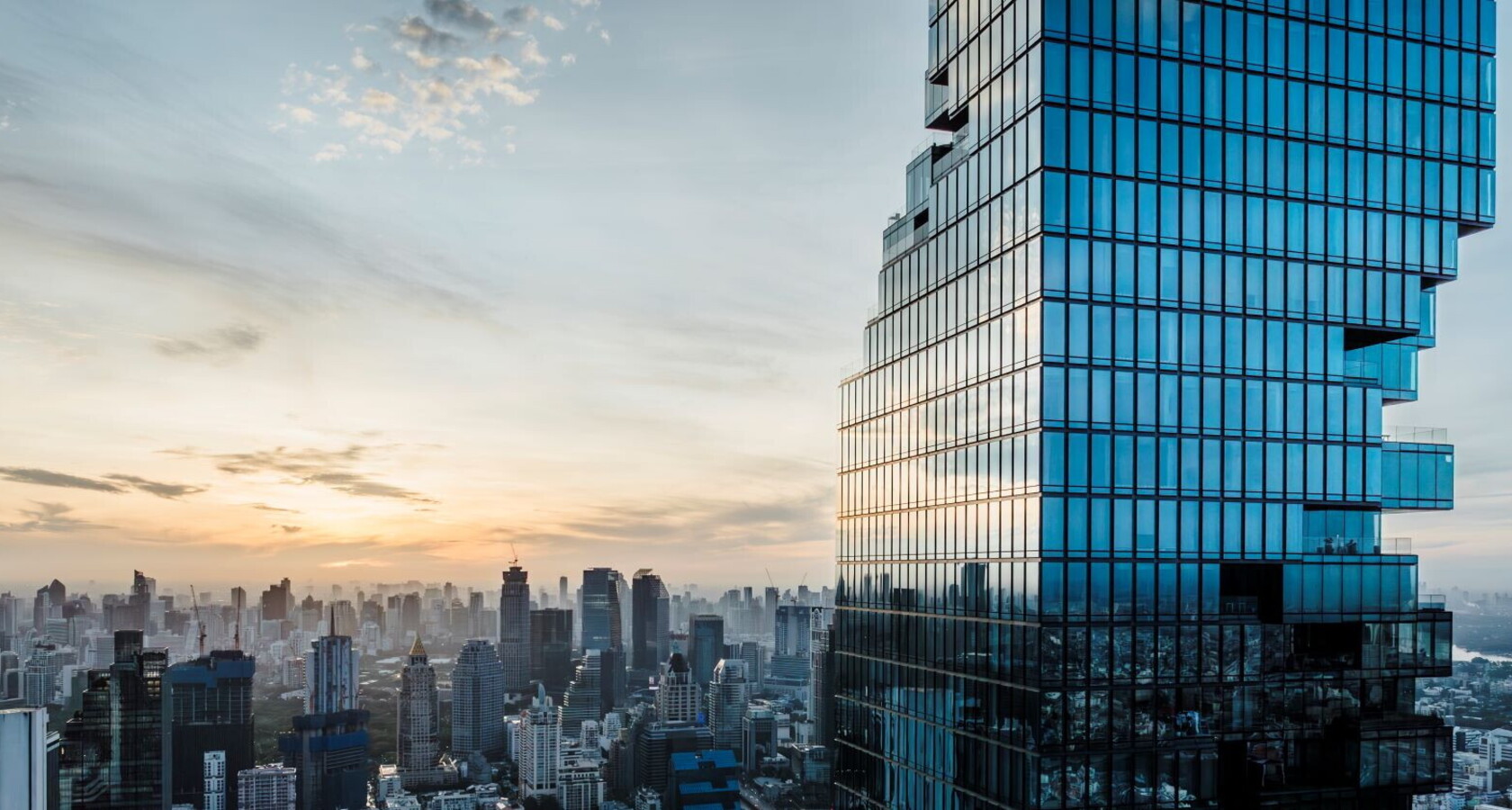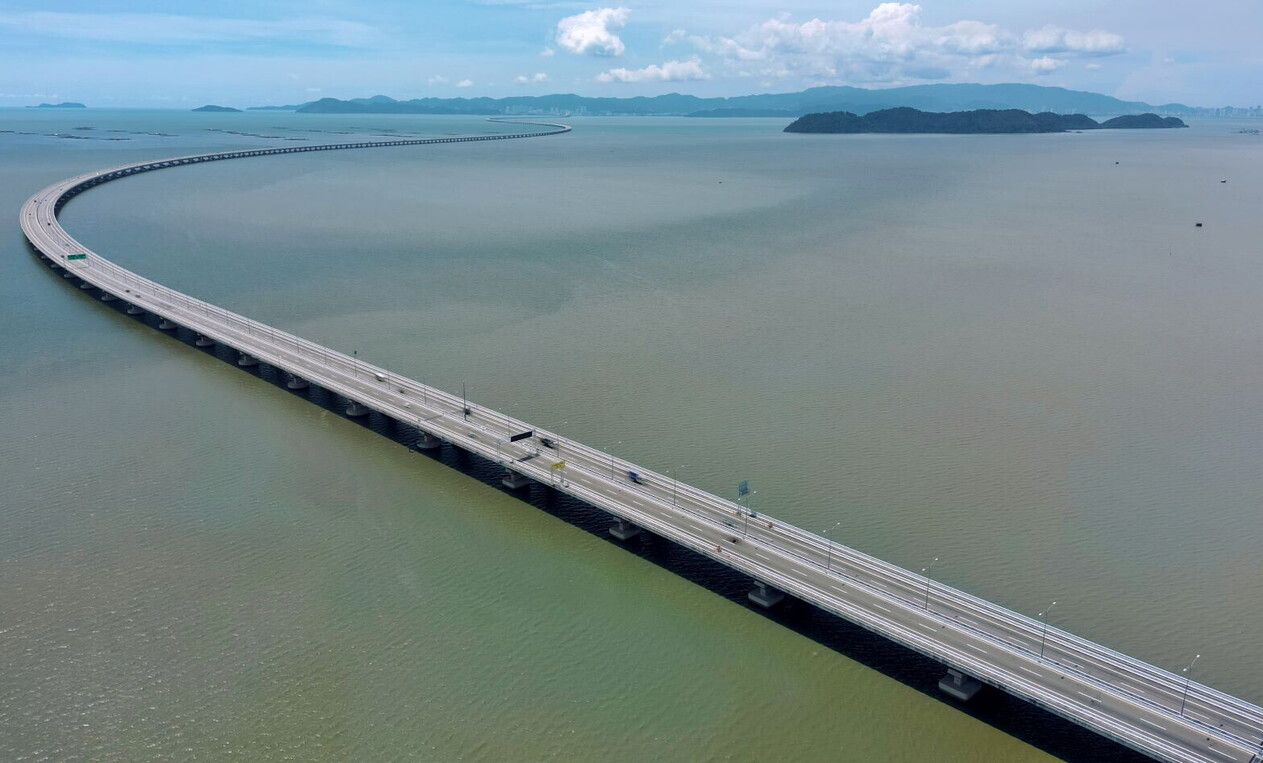
Energy and environment
Emissions a growing strategic focus
Southeast Asia is poised to expand natural gas imports to strengthen energy security and improve accessibility. At the same time, aligning with global climate standards has become a crucial means of securing rapid economic, environmental, and energy gains
10 minS
outheast Asian countries have become an important hub of natural gas demand. Over the past few decades, gas has played a major role in meeting regional energy needs, particularly between 2000 and 2010, when demand was driven largely by Thailand, Indonesia, Vietnam, Malaysia, and Singapore.
Since 2014, growth in gas consumption has slowed, reflecting reduced competitiveness against coal and, more recently, renewables, along with plateauing domestic production. Even so, natural gas is expected to remain vital as the region seeks to replace coal-fired generation amid continued economic and demographic expansion. Although some countries are refocusing on domestic production, gas imports will still be necessary. In this context, Southeast Asia is projected to become a net gas importer by the 2030s, with LNG imports playing a growing role in national and regional energy mixes—supported by an anticipated oversupply in global LNG markets that could lower prices.
The presence of LNG since 2010 onward
LNG is not new to Southeast Asia’s energy landscape, having been part of it since the early 2010s. Thailand began importing LNG in 2011, followed by Singapore and Malaysia in 2013, Pakistan and Indonesia in 2014, Bangladesh in 2018, Myanmar in 2020, and more recently the Philippines and Vietnam in 2024, after their first terminals came online in 2023. While natural gas can help strengthen energy security, improve affordability, and reduce emissions in the near term, fully realizing its potential requires addressing its environmental dimension—specifically, methane emissions. Methane is a super-pollutant with a global warming potential more than 80 times greater than carbon dioxide (CO2) over a 20-year period and is the second-largest driver of climate change after CO2.

This market evolution must be matched by political progress. Nearly all Southeast Asian countries have committed to climate transition, with several setting net-zero targets around mid-century. Brunei, Cambodia, Laos, Malaysia, Singapore, and Vietnam aim to reach net-zero emissions by 2050, while Indonesia targets 2060 and Thailand 2065. Globally, policymakers have begun to look beyond carbon dioxide to address methane emissions as well. A major milestone came at COP26 in Glasgow with the launch of the Global Methane Pledge by the EU, the US, and more than one hundred other countries.
Signatories committed to reducing global methane emissions by at least 30 percent by 2030, relative to 2020 levels, in support of the 1.5°C target. The availability of proven technologies and relatively low mitigation costs make this an actionable priority. By addressing methane emissions, countries can secure short-term energy, economic, and environmental gains—mitigating global warming, improving market liquidity (and lowering prices), and strengthening energy security by capturing methane that would otherwise be wasted.
Reducing methane emissions: a strategic battleground
For LNG exporters, methane emissions are emerging as a new arena of competition, as growing political commitments to methane reduction begin to influence future buyer preferences and contract terms. The world’s two largest LNG exporters—the United States and Qatar, both central to the next wave of capacity expansion—have taken notably different approaches. Qatar’s national oil company already operates with one of the lowest carbon intensities in global LNG supply chains. The country has pledged to cut carbon intensity at its LNG facilities by 35 percent by 2035 and to reduce upstream emissions by at least 25 percent by 2025, targeting a methane intensity of just 0.2 percent by that same year.

By contrast, the second Trump administration has adopted a markedly tougher stance against climate regulation, particularly on methane emissions. In March 2025, the U.S. Environmental Protection Agency announced what it called the largest deregulatory action in U.S. history, rolling back a series of measures enacted under the previous administration—including those targeting methane emissions from the oil and gas sector. Despite this policy reversal, several major U.S. energy companies have maintained their commitments to methane reduction, driven largely by tightening standards and expectations in key importing regions.
In fact, methane emissions have already come under the scrutiny of major LNG importers
Major LNG importers have already brought methane emissions under closer scrutiny. The European Union adopted its Methane Regulation, which entered into force in 2024. This landmark measure is the first to set standards not only for domestic producers but also for imports. It establishes a clear timeline—spanning 2025 to 2030—for importers to demonstrate and report their Monitoring, Reporting, and Verification (MRV) systems and methane intensity through a phased approach. In parallel, Japan and South Korea, both long-standing and major LNG importers, have launched the Coalition for LNG Emissions Abatement toward Net-Zero (CLEAN) to promote methane reductions across the LNG value chain.
At the regional level, six ASEAN countries have joined the Global Methane Pledge. In Southeast Asia, methane emissions from fossil fuels originate roughly half from coal mining and half from the oil and gas sector. Within the latter, the bulk of emissions comes from the region’s major producers—Indonesia, Malaysia, and Thailand.
Still, the region is not standing still. Cambodia, Indonesia, Malaysia, the Philippines, Singapore, and Vietnam have all signed the Global Methane Pledge, committing to curb methane emissions. Although Thailand has not joined, it has identified opportunities to reduce methane, such as limiting fugitive emissions from oil and gas operations.
Quantified reduction targets have so far been adopted by Bangladesh and Vietnam. Vietnam’s Methane Action Plan 2030 outlines strategies that include expanding emissions monitoring and reporting, investing in leak detection and repair, and capturing associated gas from oil production. Indonesia is also advancing the utilization of associated gas as part of its mitigation efforts. Bangladesh, for its part, aims to cut methane emissions by reducing leaks and recovering vented associated gas.
Oil companies' commitments to reduce emissions
Commitment to methane reduction extends beyond governments to national oil companies across the region. Firms such as Indonesia’s Pertamina, Thailand’s PTTEP, and Malaysia’s PETRONAS have all strengthened their efforts by setting methane reduction targets—both independently and through regional collaboration. PETRONAS, notably, became the first Asian oil and gas company to adopt a net zero target in late 2020 and has since advanced its climate strategy by working with other national oil companies in ASEAN.
Several ASEAN firms are also participating in global frameworks such as the Oil and Gas Decarbonization Charter (OGDC) and the UNEP Oil and Gas Methane Partnership 2.0 (OGMP 2.0). Regionally, the ASEAN Energy Sector Methane Leadership Program (MLP) has emerged as a key initiative. The MLP grew out of cooperation among PETRONAS, Pertamina, and PTTEP, which organized the first ASEAN Energy Sector Methane Roundtable in October 2021. This ASEAN-led effort aims to address methane emissions from the regional oil and gas sector by promoting best practices and enabling collaboration.
The programs include major national oil and gas companies—Pertamina, PETRONAS, PTTEP, and PetroVietnam Exploration Production Corporation—which together account for about 90 percent of the region’s oil and gas emissions. It also partners with the ASEAN Council on Petroleum (ASCOPE), and the ASEAN Centre for Energy (ACE), among other regional and international organizations.
The first phase, ASEAN MLP 1.0, launched at the Energy Asia Conference in June 2023, ran for 15 months (June 2023–October 2024). It served as a platform for dialogue, collaboration, and knowledge-sharing, aligning regional efforts and avoiding duplication among partners. Japan’s JOGMEC also participated actively.
Building on these results, members have launched ASEAN MLP 2.0, covering an 18-month period (October 2024–March 2026) and expanding participation to 18 members, including Japan’s Ministry of Economy, Trade and Industry (METI). The new phase shifts focus from knowledge-building to planning and implementing concrete methane mitigation policies and actions aligned with the Global Methane Pledge. At the launch of MLP 2.0, JOGMEC and PETRONAS announced a collaboration to establish the region’s first Methane Emissions Technology Evaluation Center, marking a significant step toward practical, technology-based mitigation.
Southeast Asia is expected to expand its gas imports to strengthen energy security and maintain affordability. At the same time, methane emissions have come under growing scrutiny from both governments and companies in the region—reflecting global priorities and recognition that cutting methane delivers economic, environmental, and energy benefits. Achieving meaningful progress will require close collaboration between producing and importing countries alike.

